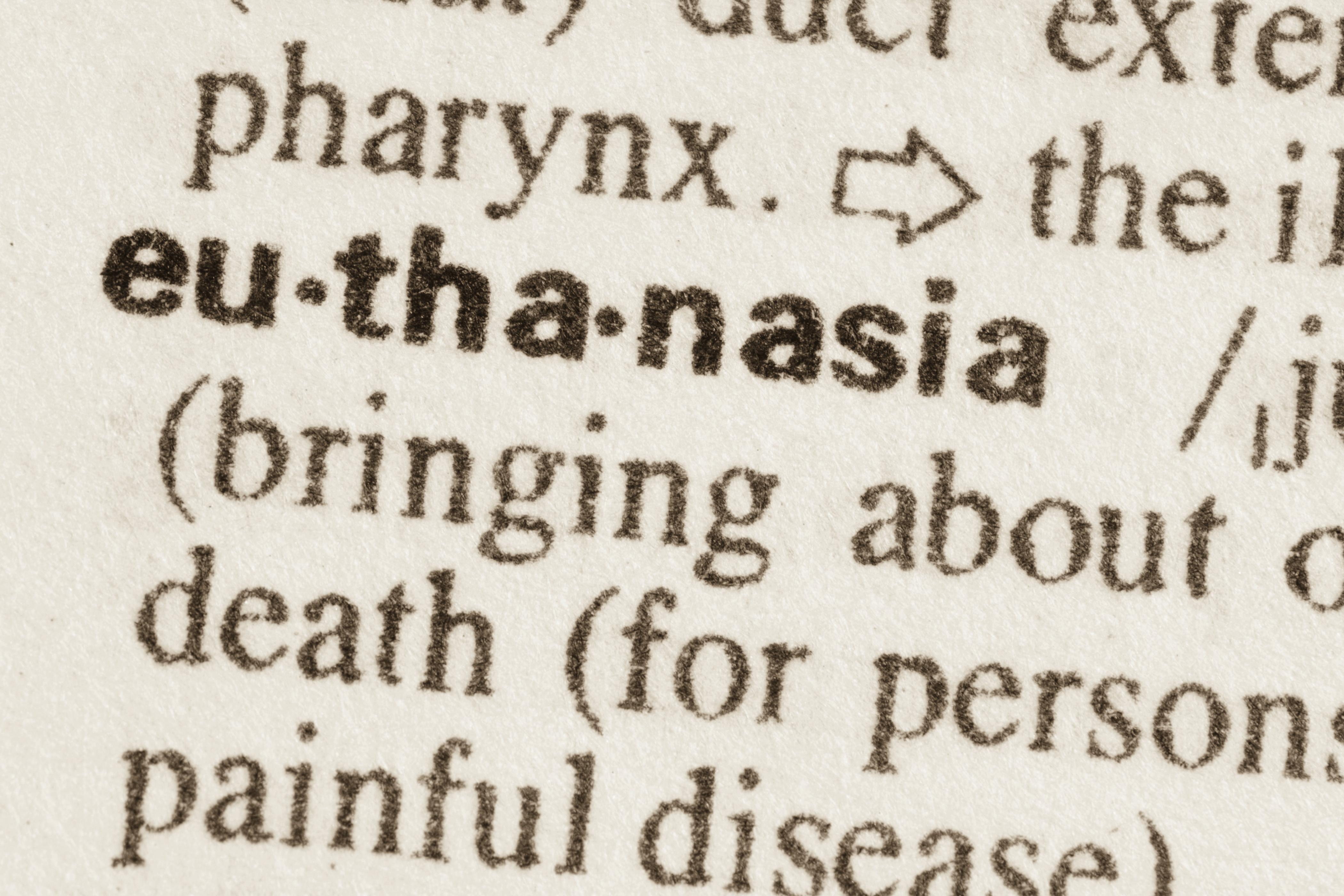Many public policy questions about aging and dying have come to the fore as the American population ages, none more controversial than the idea of letting terminally ill people choose when to end their lives. For 12 years, Oregon was the only state in the nation with a law to allow physicians, under certain conditions, to prescribe lethal medication to terminally ill patients. Washington followed suit in 2009, and Vermont in 2013. The Montana Supreme Court, moreover, has held that the patient’s co-operation with a doctor prescribing lethal medication provides the physician with a defense against any criminal prosecution.
On Monday, California adopted a law modeled on the Oregon legislation. UConn Today asked Richard Kay, associate dean for research and faculty development and Wallace Stevens Professor of Law at the UConn School of Law, to explain the legal landscape around what opponents call “assisted suicide” and proponents call “aid in dying.”
The public policy debate over assisted suicide is usually framed in religious or moral terms. What are the legal principles involved?
The current state of the law is based on the universal prohibition on homicide. Taking another life is a crime in every American jurisdiction. Indeed, well into the 19th century there was no exception for suicide. Though a successful suicide left no one to punish, attempted suicides were prosecuted as late as 1961. Today, almost everyone agrees that a suicidal person should not be treated as a criminal. It makes little sense to think that criminal sanctions could discourage a person bent on ending his her life. The reasons for removing suicide from the list of criminal acts, however, do not logically apply to a third person who helps or tries to help a suicide attempt. At the end of the 20th century, this logic resulted in almost every American state having laws explicitly criminalizing assisting a suicide.
At the same time, however, there is a well-established doctrine in the common law—and maybe in our constitutional law – that individuals are presumed to have a right to protect the integrity of their own bodies. With very limited exceptions, no one can be obliged to undergo a medical procedure or to accept forced medication. Acting on this right, patients with terminal conditions can, by refusing life-preserving treatment, effectively end their own lives, and the health professionals who terminate that treatment may appear to be “assisting suicide.”
The co-existence of these two doctrines of law – one that prohibits assisted suicide and one that permits discontinuing life-sustaining treatment – has resulted in a confusing jurisprudence. It has created especially thorny problems in connection with people who are unconscious or suffer from impaired capacity, since the action has to be somehow connected with their own free decision. Our laws allowing “living wills” or “advance directives” are one response to that problem.
This year, 25 states have considered assisted aid-in-dying legislation, although so far only California has passed it. Why are we seeing so much advocacy on this issue lately?
There are multiple reasons for the increasing spotlight on this issue. One is the development of medical techniques for preserving the lives of terminally ill patients. Often the result turns out to be lives that are shorn of what most people see as the essentials of a worthwhile existence – involving pain, dependence and a lack of human dignity. As more and more people observe their family members in this situation, many are bound to favor a legal way to deliver them. The activity aimed at liberalizing these laws, however, stimulates an equally intense opposition. Such oppositions seems to be associated with an attachment to what is sometimes called the “culture of life,” something more prominently seen in connection with the national debate on the legal regulation of abortion. Opponents are also often committed to preserving life based on deeply felt religious convictions. This is obviously the kind of issue that goes to the core of personal beliefs about what it is to be a human being.
In the states where assisted suicide is clearly illegal, are physicians or others likely to be prosecuted for or convicted of helping a terminally ill person die?
Almost certainly not. To the extent these are decisions agreed to by the physician, the patient, and the patient’s family, they are highly unlikely to come to the attention of prosecuting authorities. Even in those unusual cases where they do, the physicians will often appear as sympathetic figures. Empirical studies suggest that prosecutors rarely initiate such cases and when they do, convictions are unusual. Moreover, even in the extraordinary cases where convictions occur, sentences are lenient. This suggests that the laws on the books are out of sync with widely held moral sentiments.
In the Netherlands, the right to die has been expanded beyond the terminally ill to those with chronic but not necessarily life-threatening illnesses. Is that likely to happen in the United States?
I would be astonished to see such a policy enacted in any American jurisdiction in the near or the long-term future. The four states that do have legislation allowing physician-assisted suicide have established very strict and elaborate procedures to ensure that – among other things – the person involved is in the very last stage of life. In fact, the statute adopted in Vermont in 2013 is called the “Patient Choice and Control at End of Life Act.” It applies only to people who are expected to die within six months. The California bill that the governor signed this week has the same restriction. Given the very intense disagreement over any law allowing the hastening of death, the idea of permitting any official evaluation of whether the lives of non-terminal patients are worth living is just not on the horizon.
In Connecticut, a bill modeled after the Oregon law failed this year for the third year in a row. What might the future hold for our state on this issue?
There is no reason anyone should pay attention to my political predictions, but I think it’s only a matter of time before something like this is enacted here and in most other states. The number of people who personally observe end-of-life trauma is only going to increase, as will the recognition that, as a matter of fact, reasonable end-of-life decisions are being made every day.
Is there any prospect for a national resolution? Might the U.S. Supreme Court step in?
This is primarily a state law matter. It is conceivable – but given the political stakes unlikely – that Congress could legislate on some peripheral aspects of the question, perhaps where it intersects with some federal program. Even then, there would be a constitutional issue raised about the limits of Congress’ authority. The Supreme Court has already ruled on a relevant case, and on that occasion it took a hands-off approach. In Cruzan v. Director, Missouri Dept. of Health, decided in 1990, the Missouri Supreme Court had held that it was impermissible to remove life support from a patient in a persistent vegetative state unless there were “clear convincing evidence” that the patient had previously given instructions authorizing such an action in such circumstances. The U.S. Supreme Court held that the Missouri decision did not violate the constitutional rights of the patient or her family. The Court could always change its mind, but for the time being, and given the current composition of the Court, I don’t think that’s probable in the near term.




